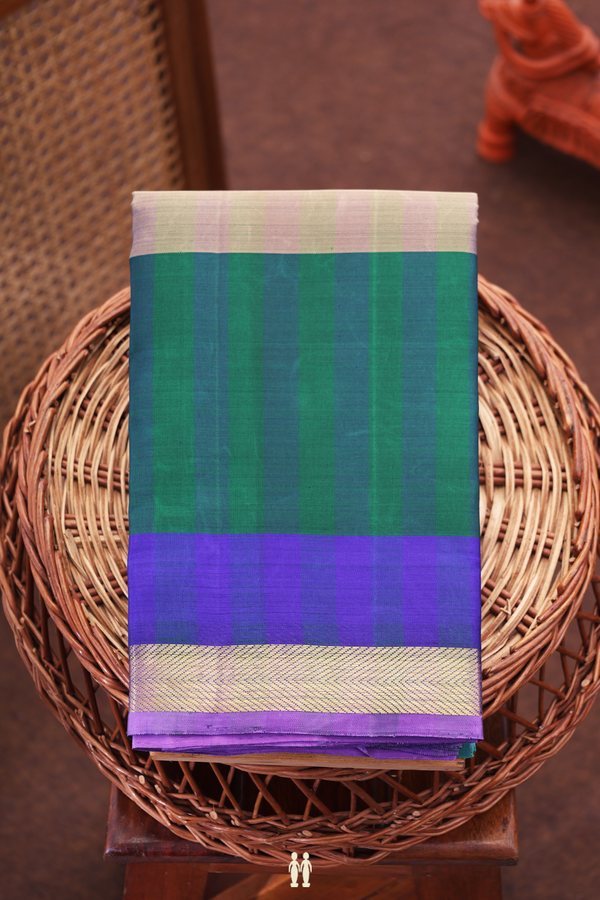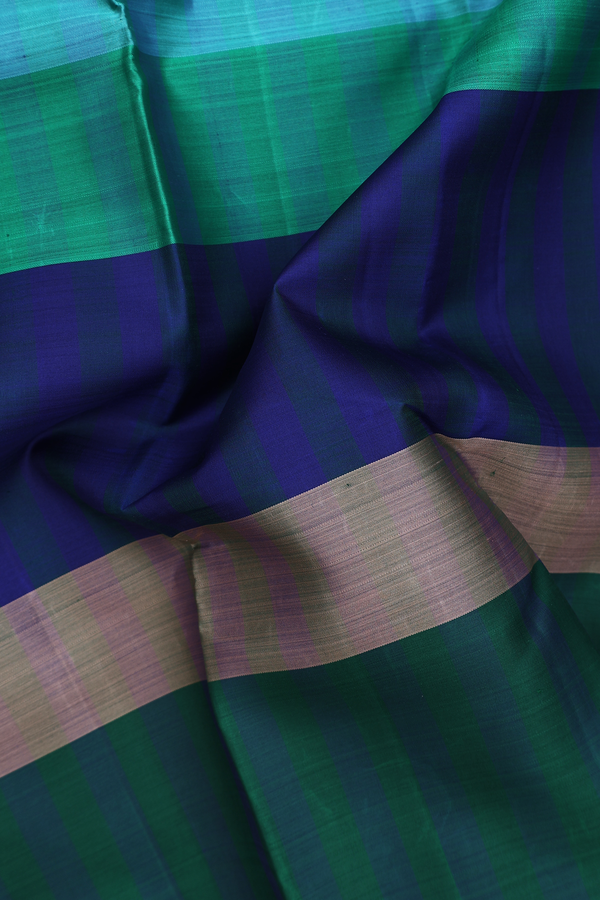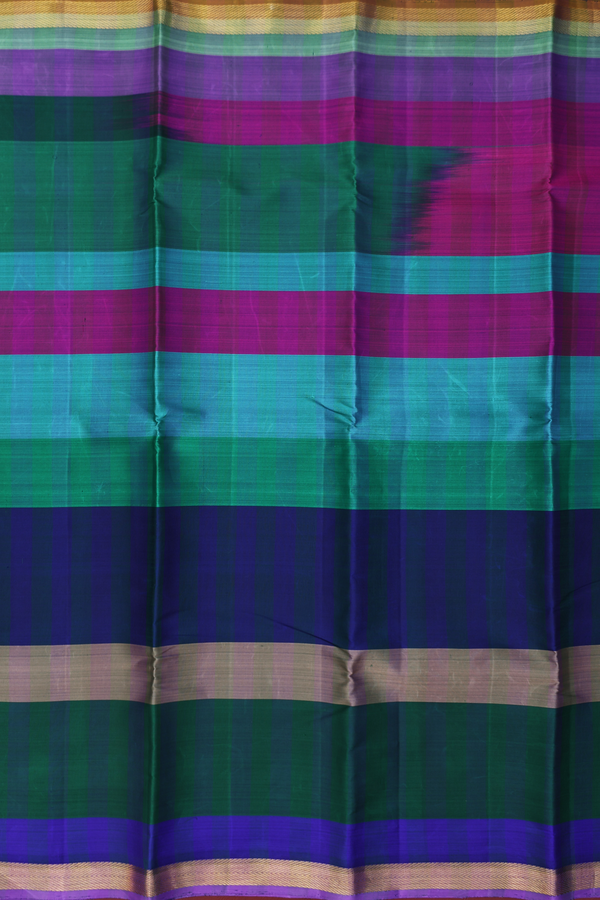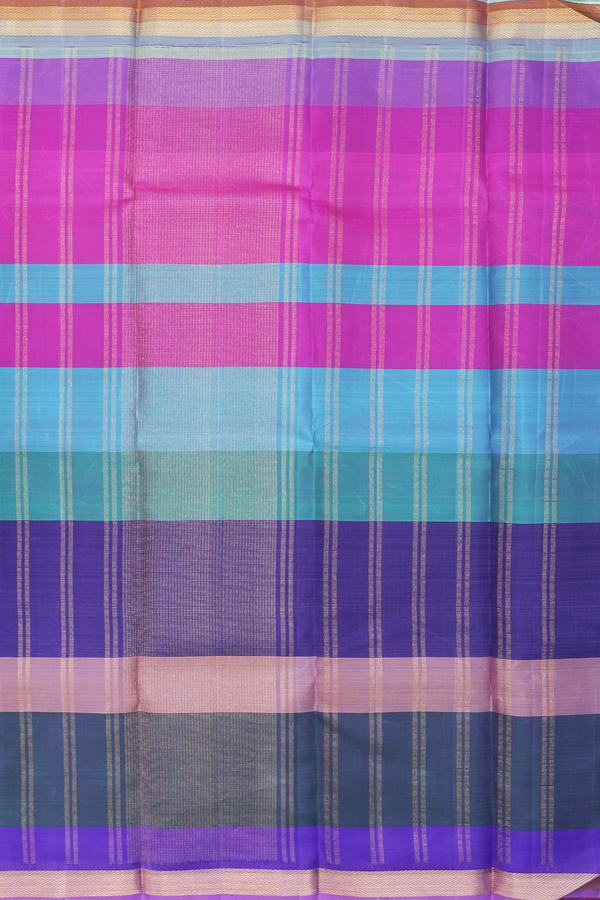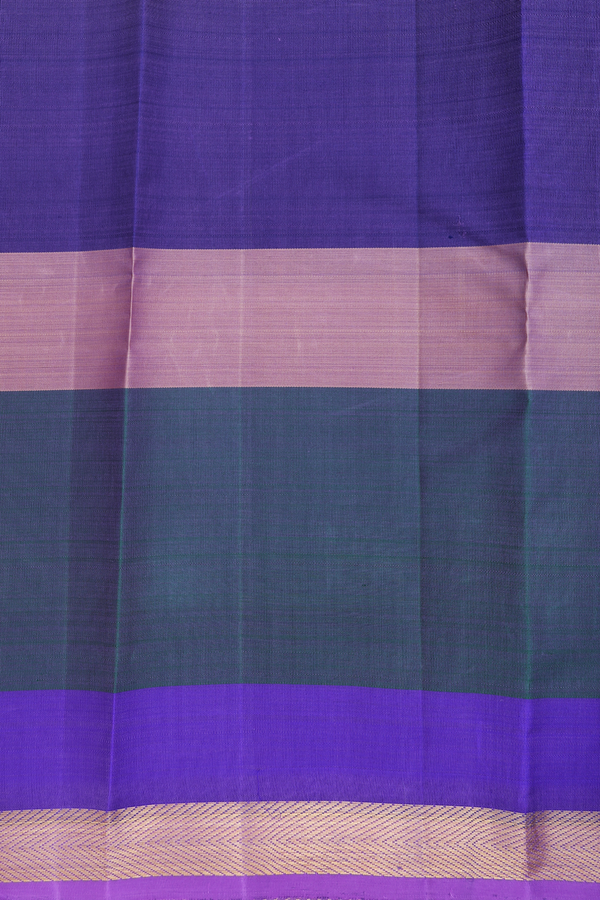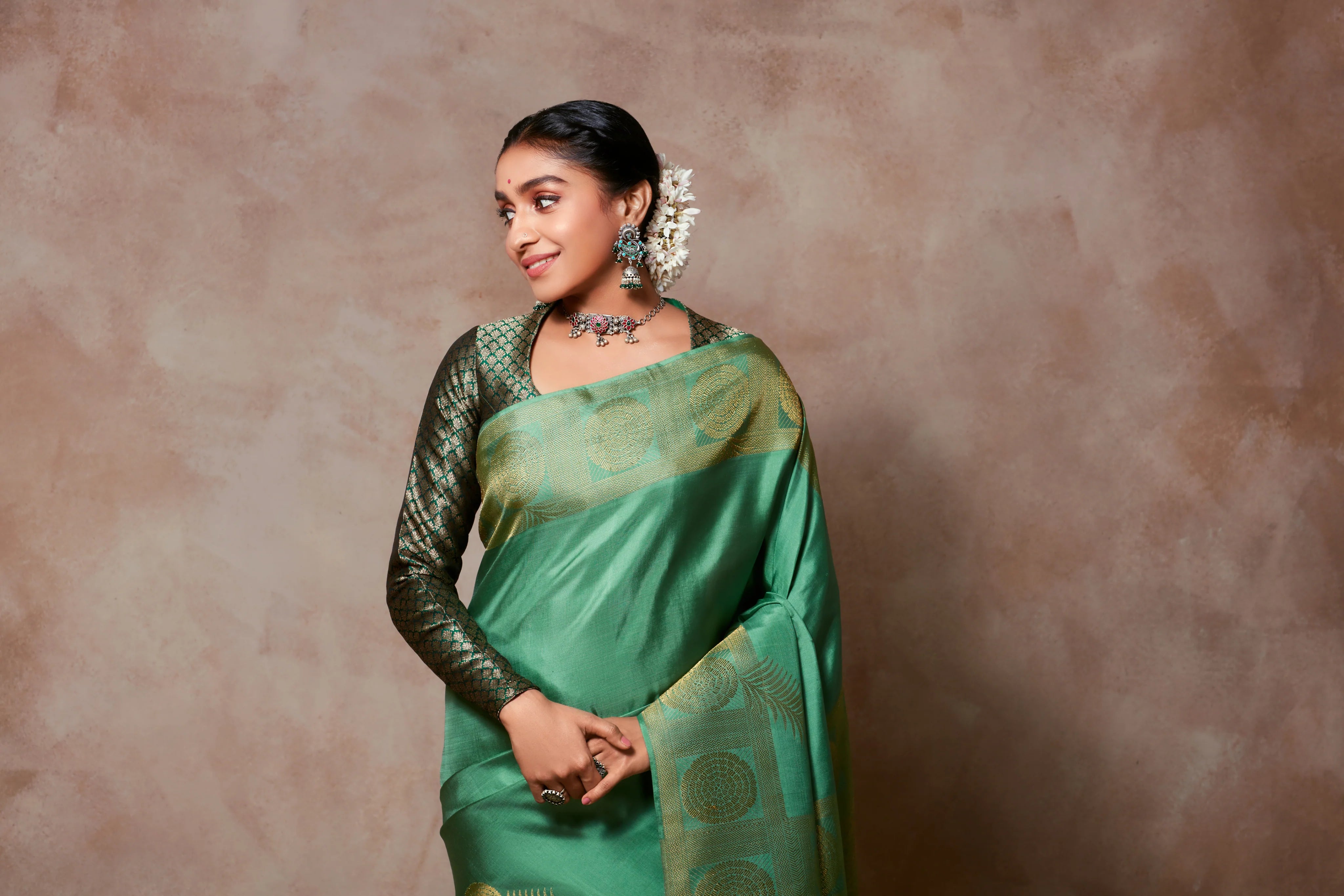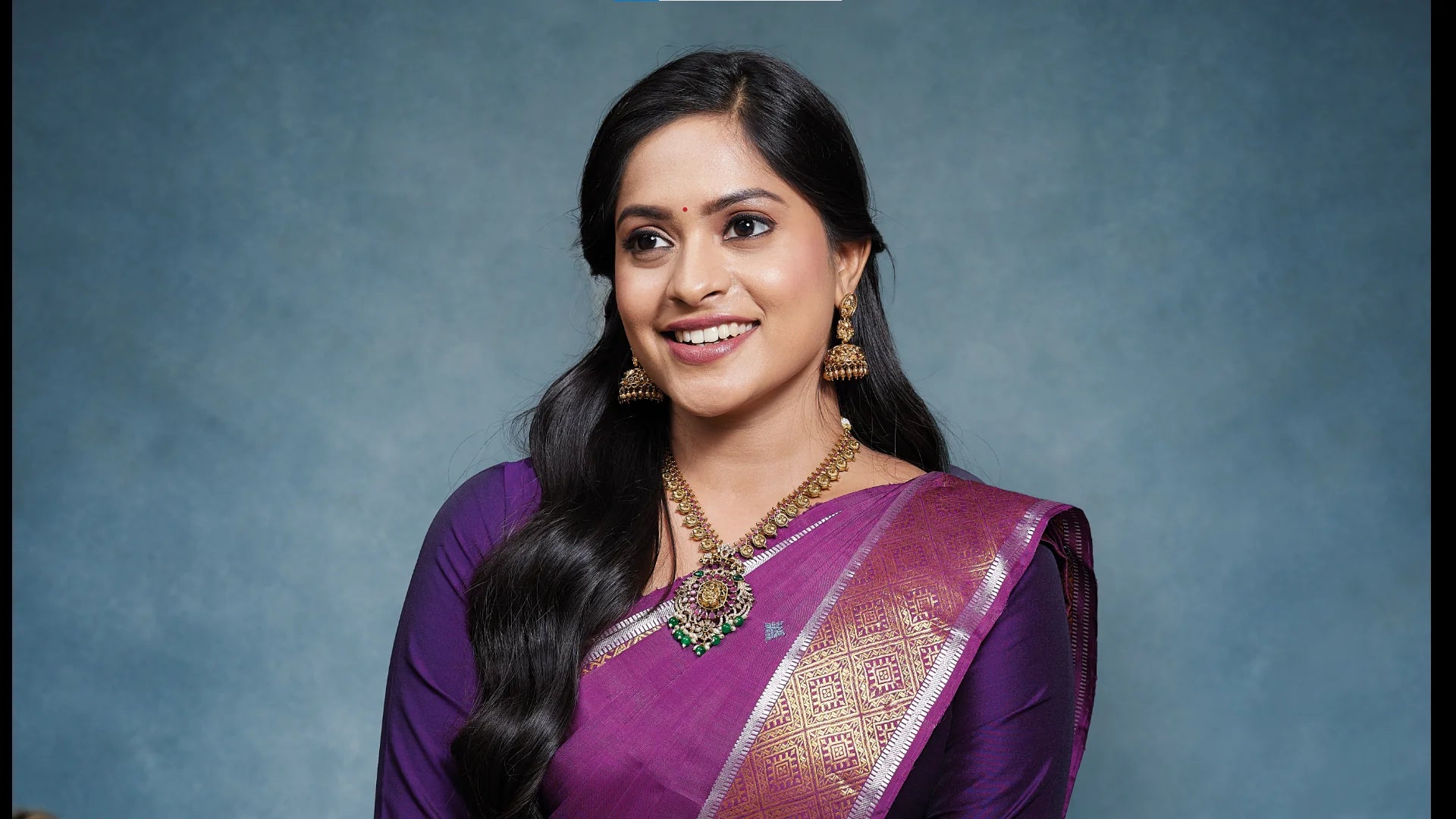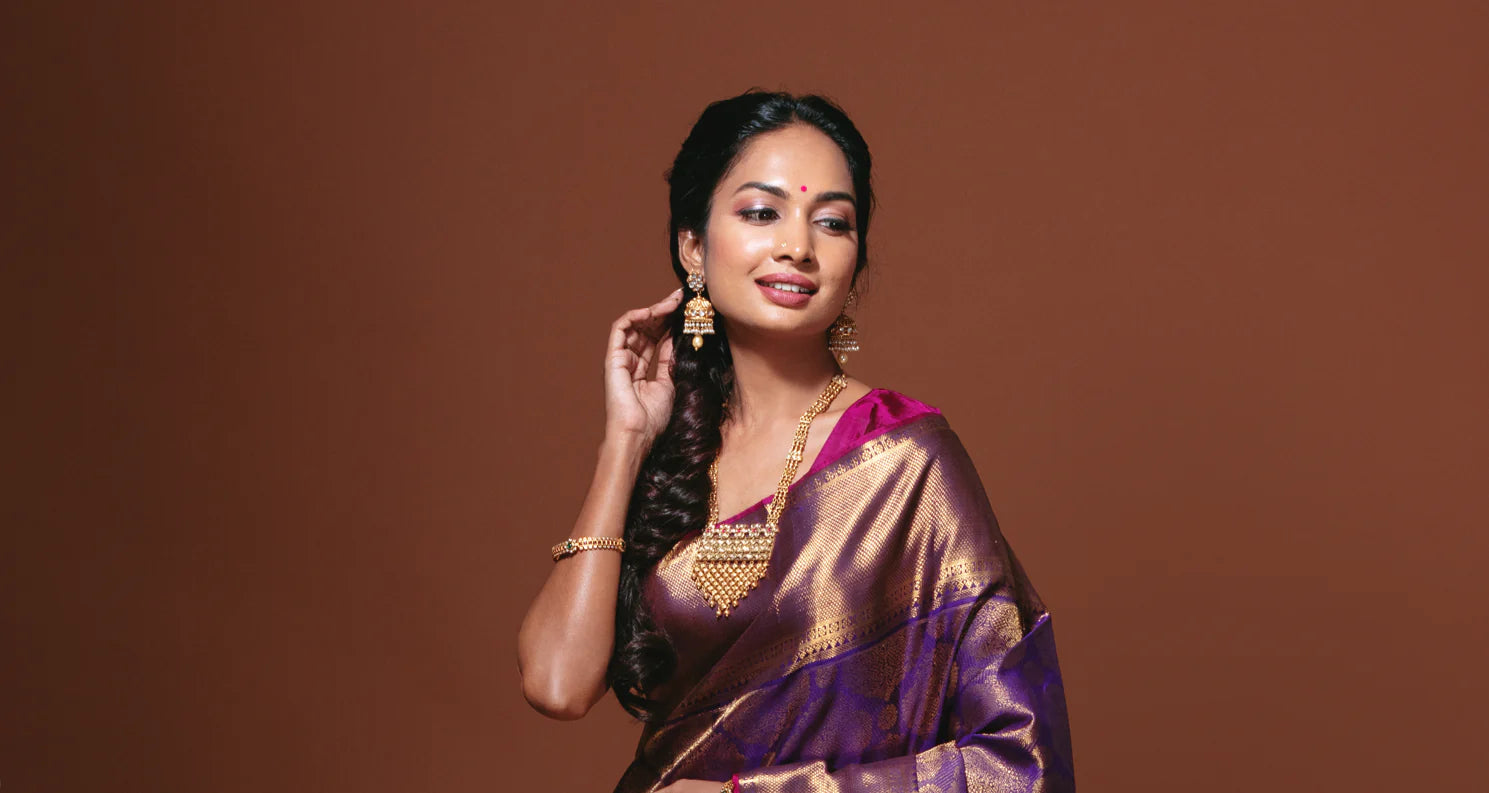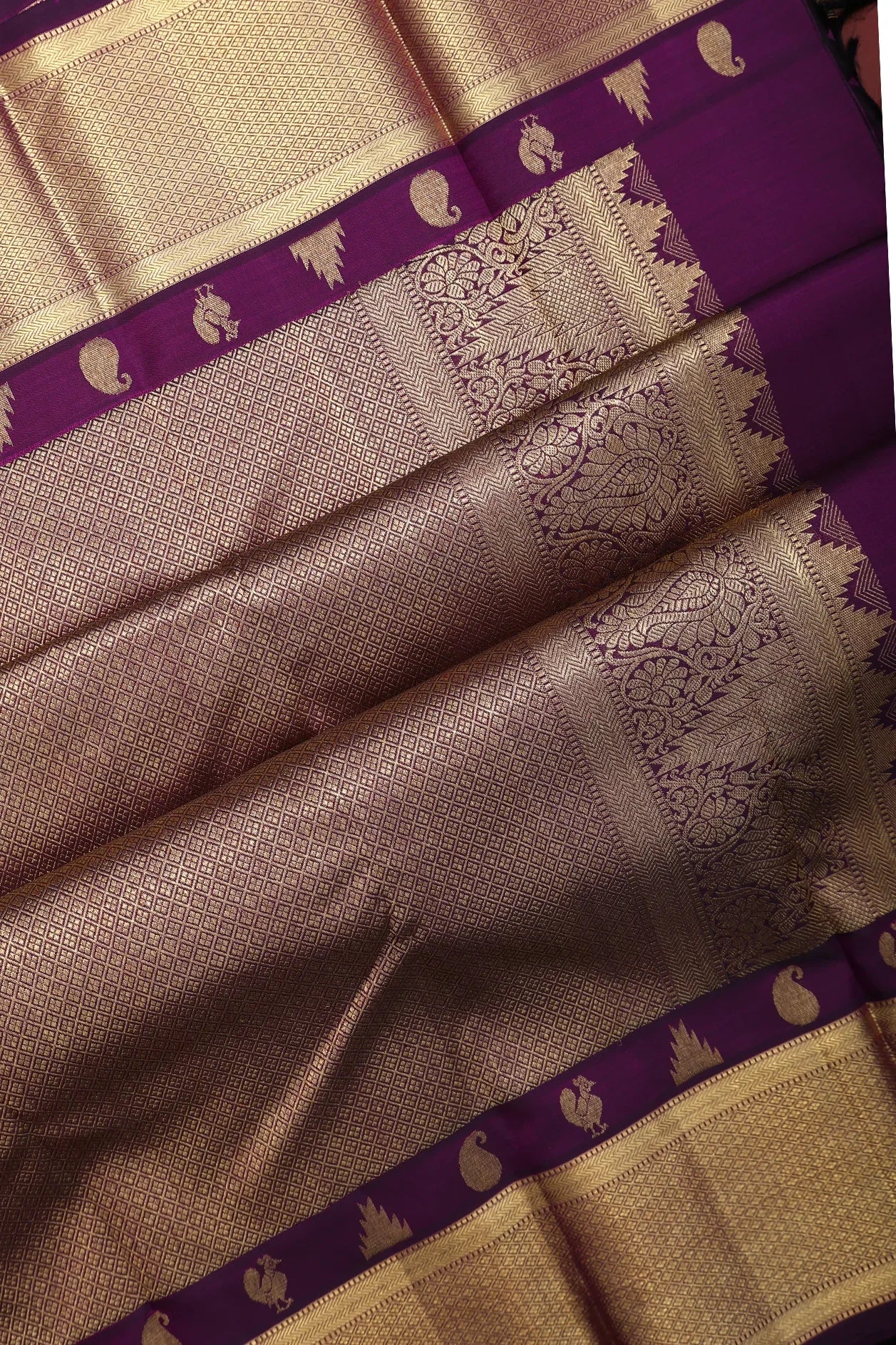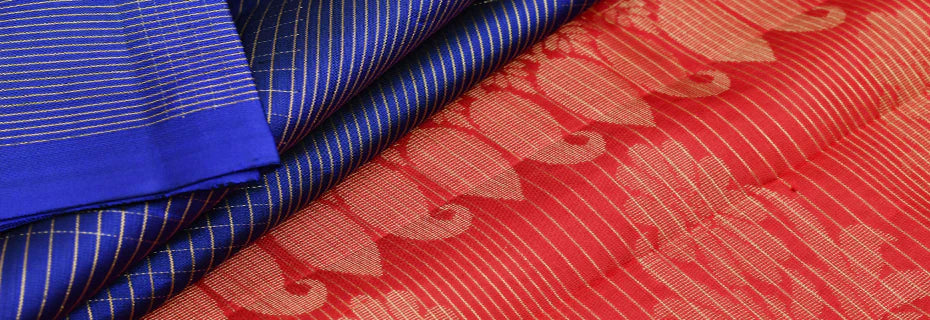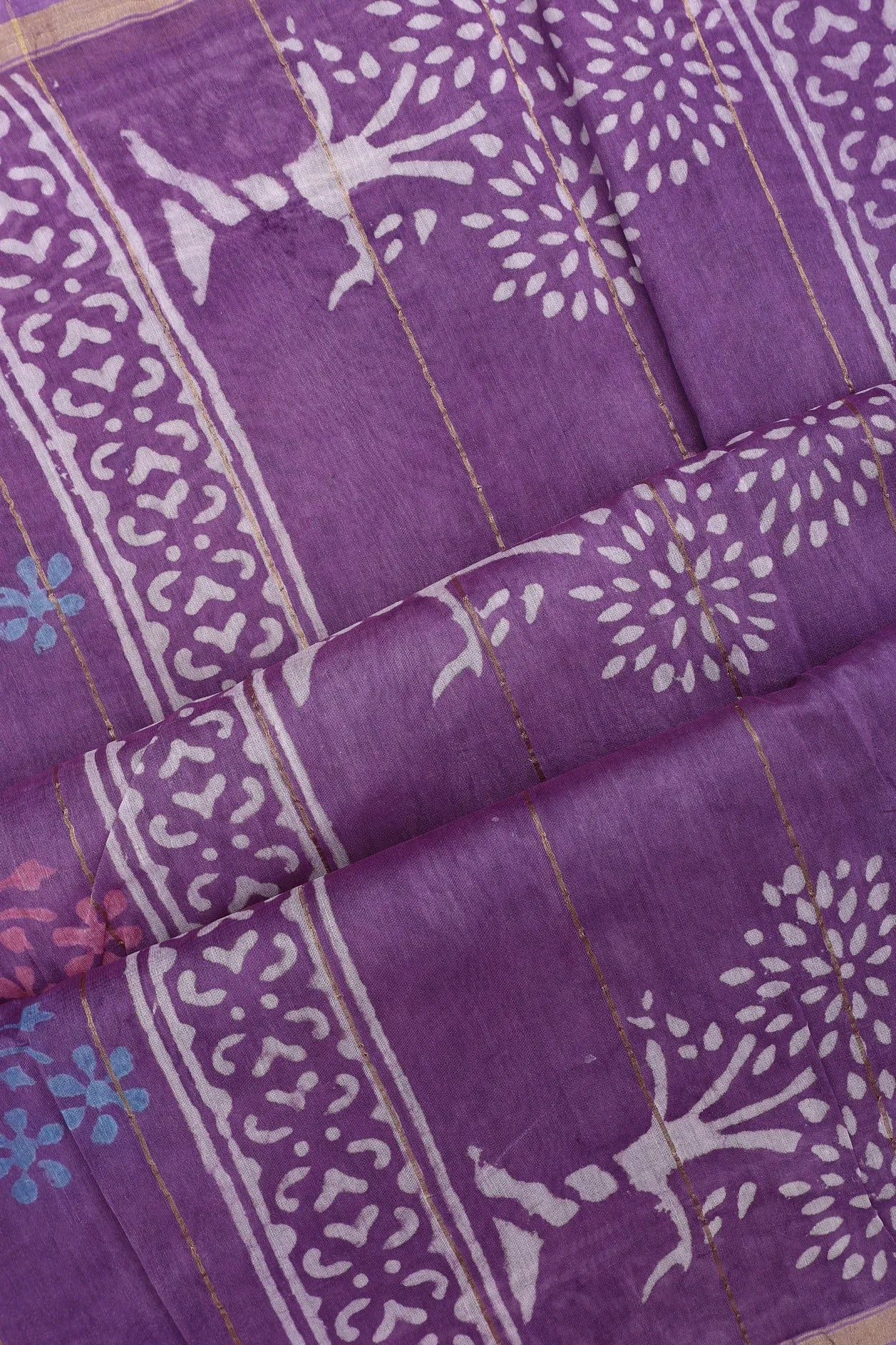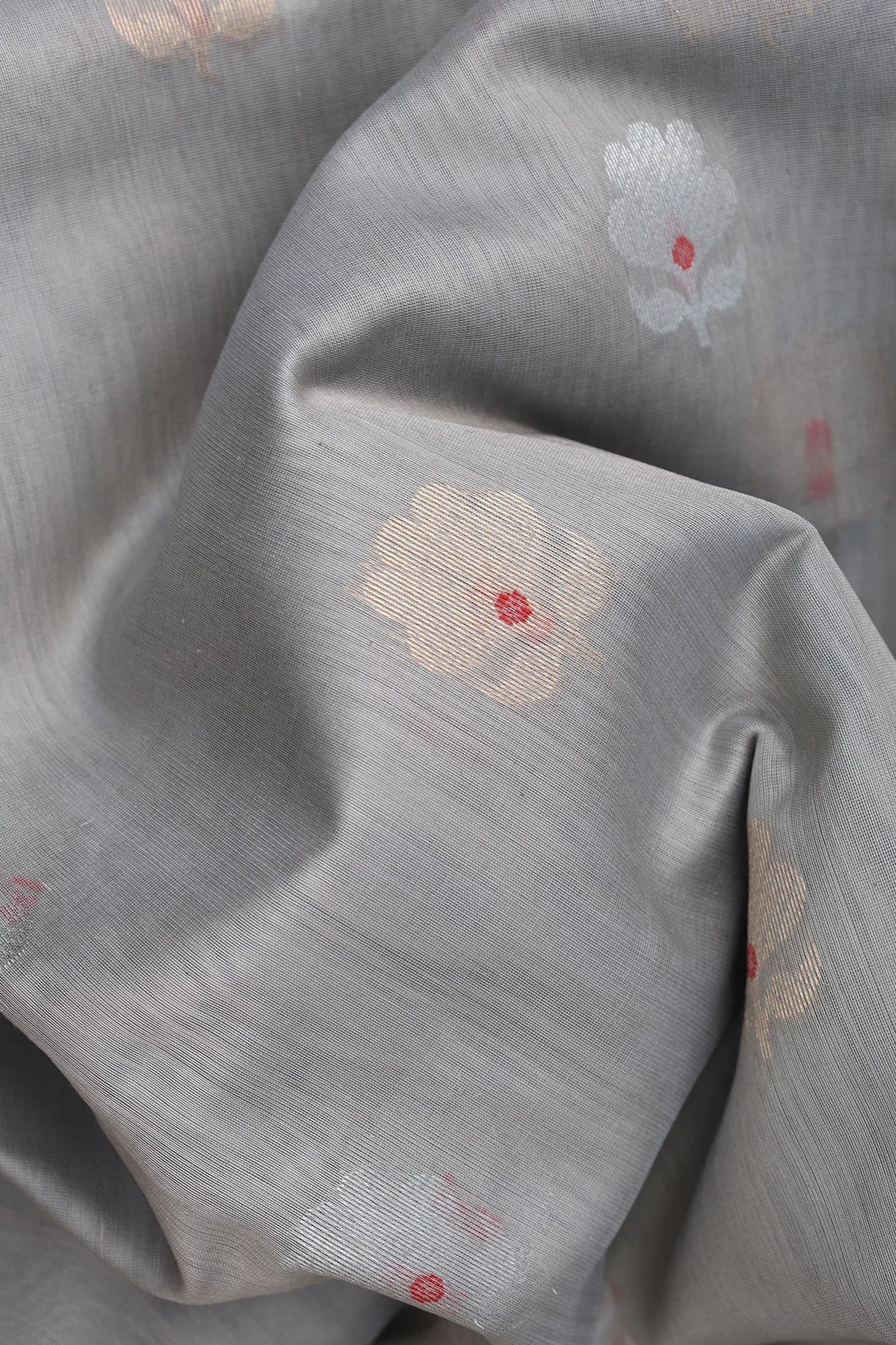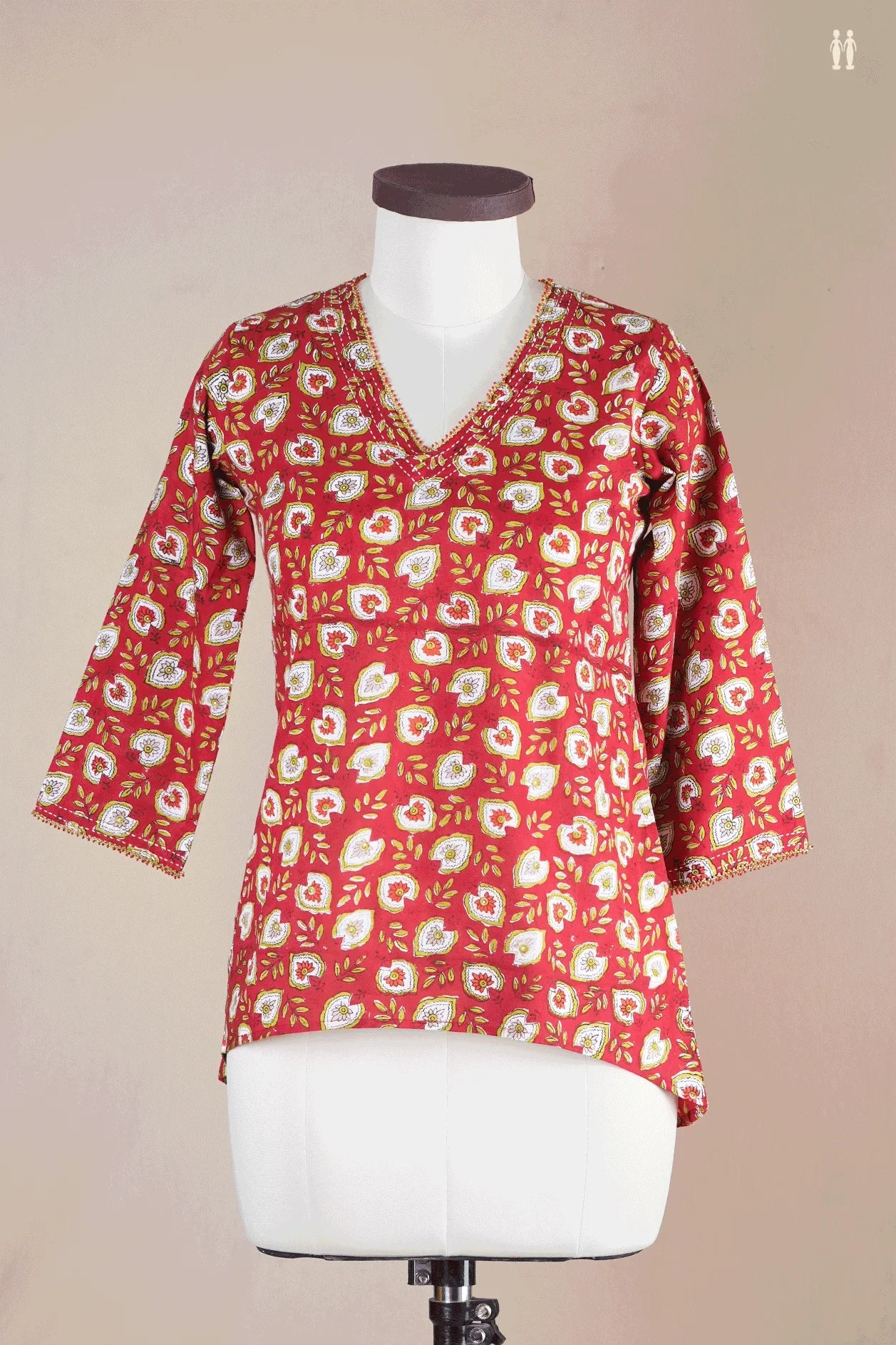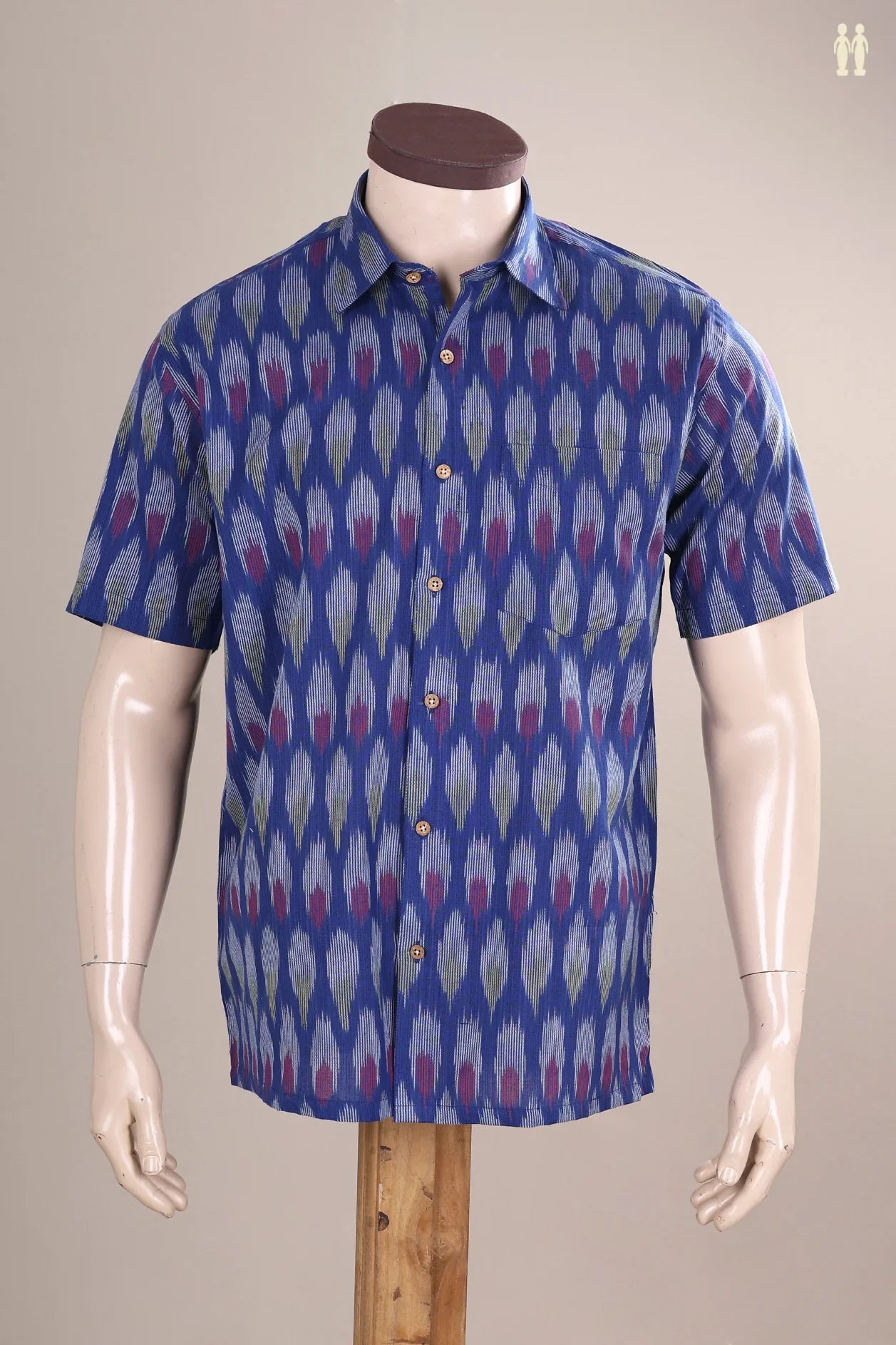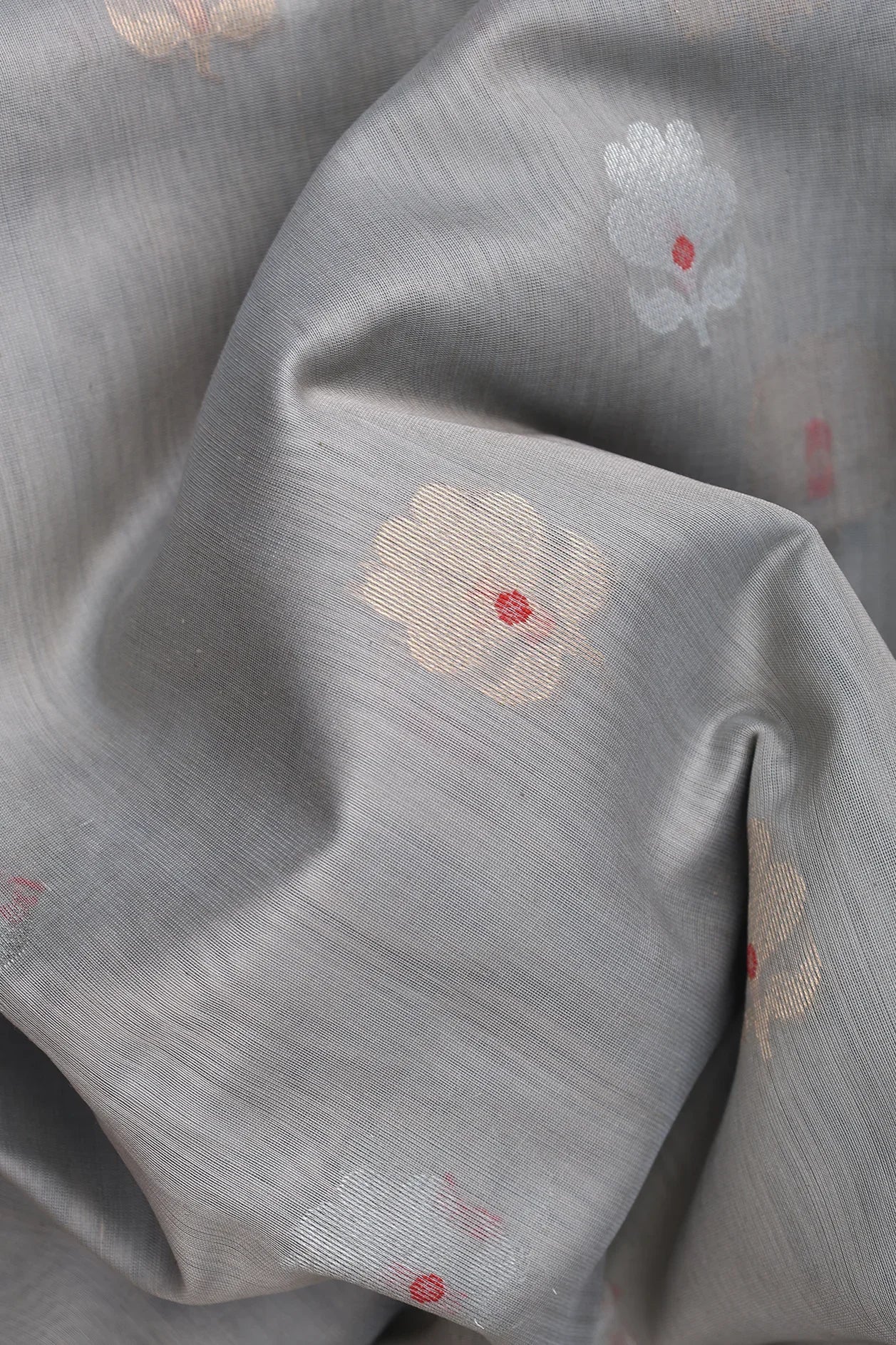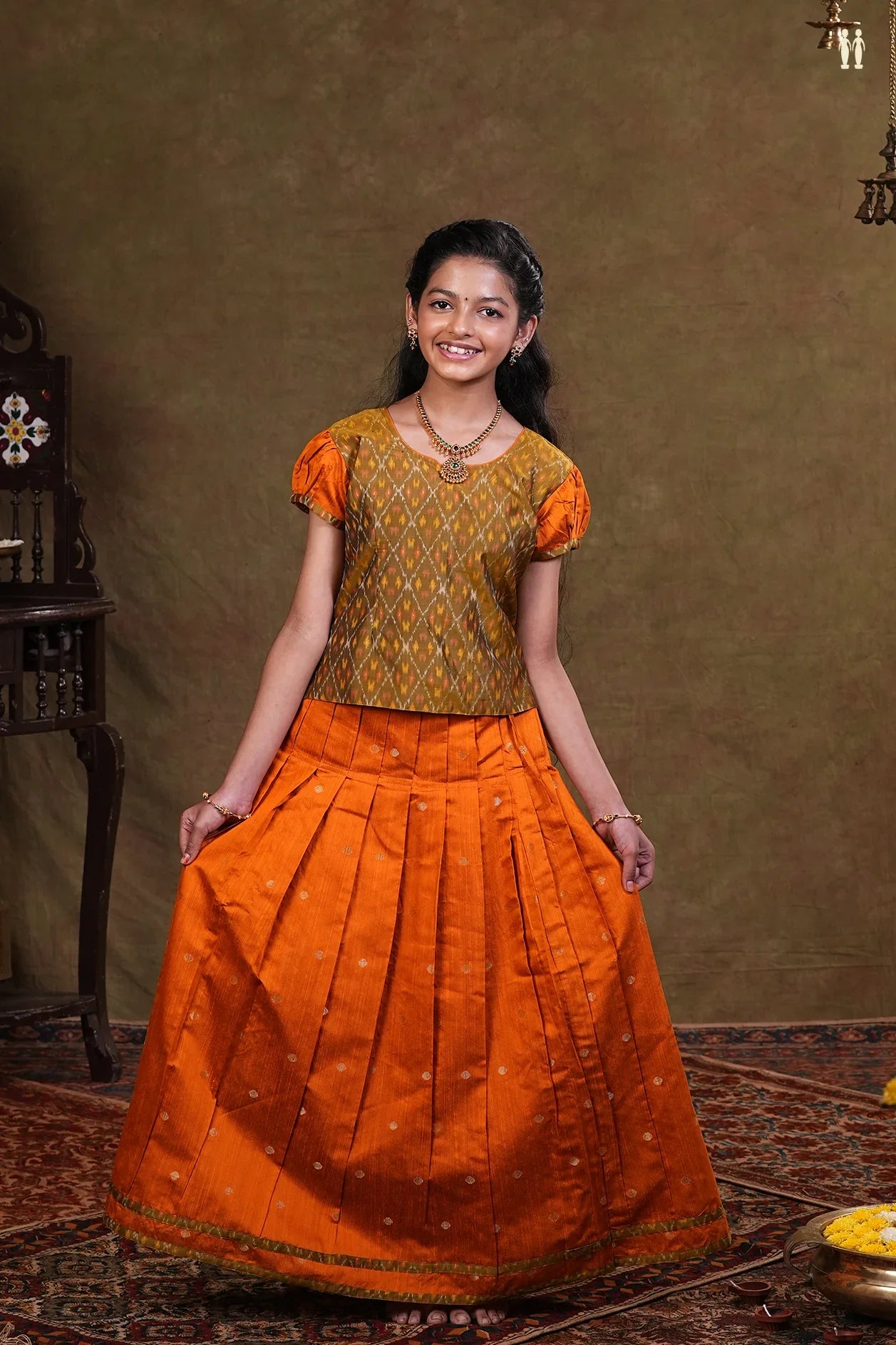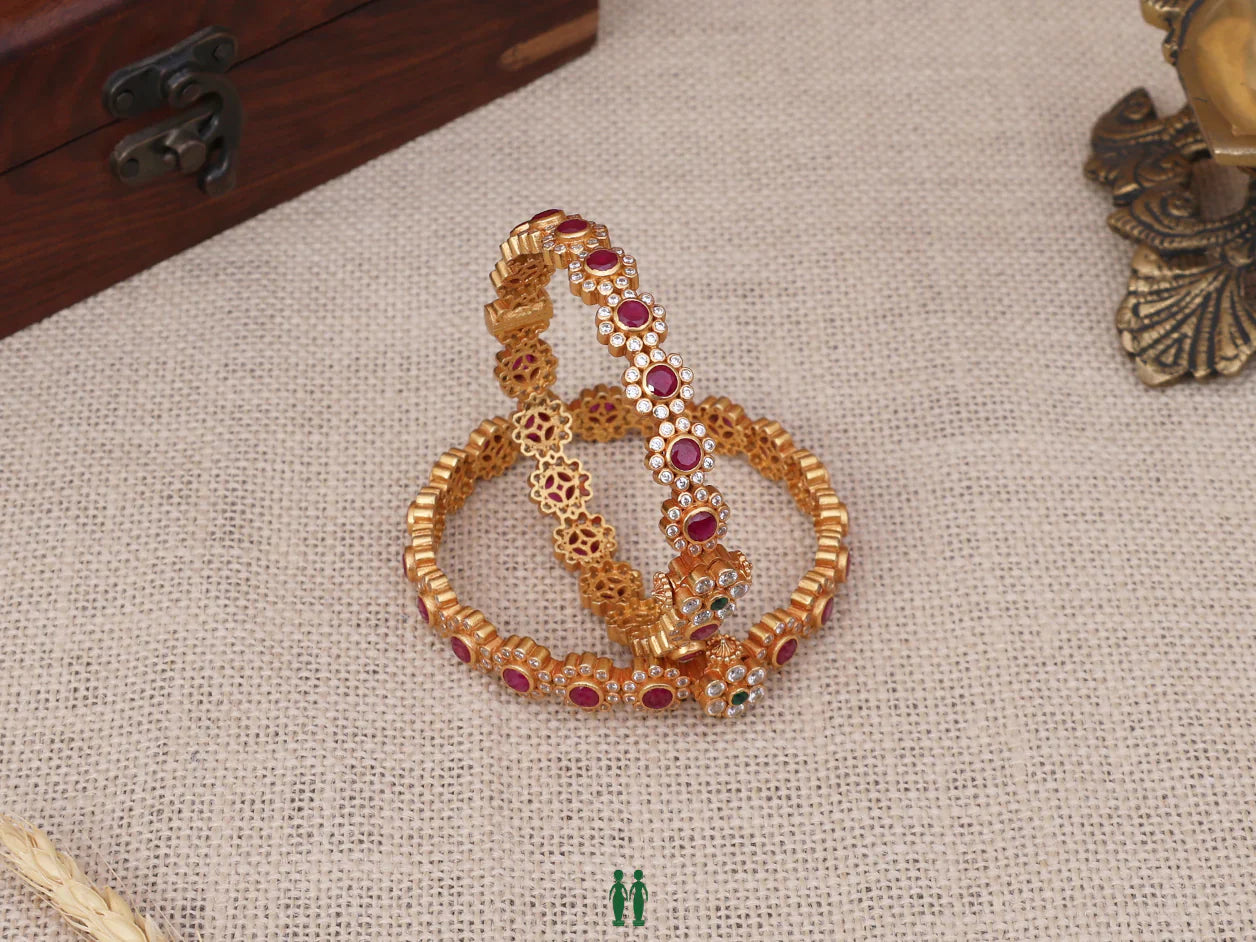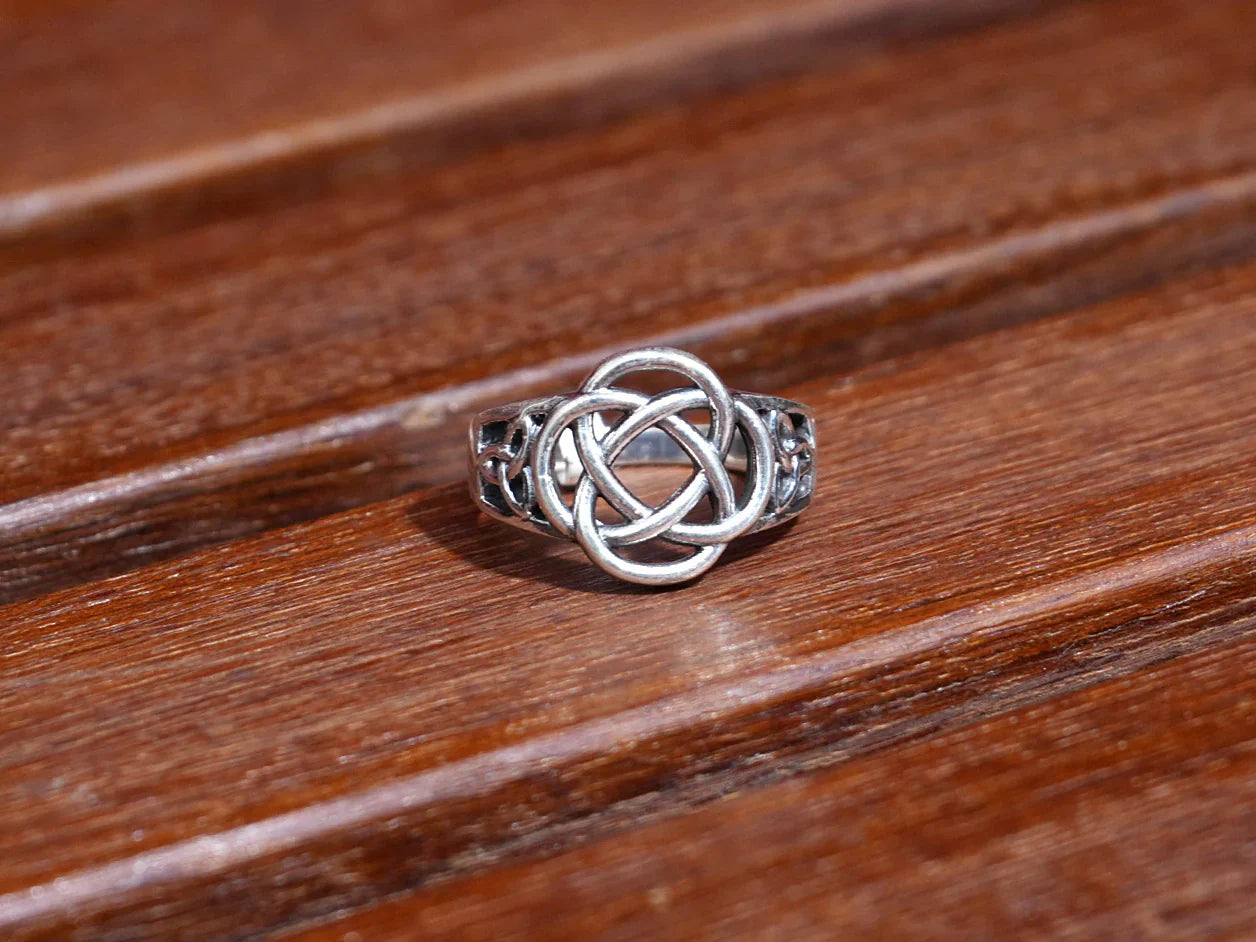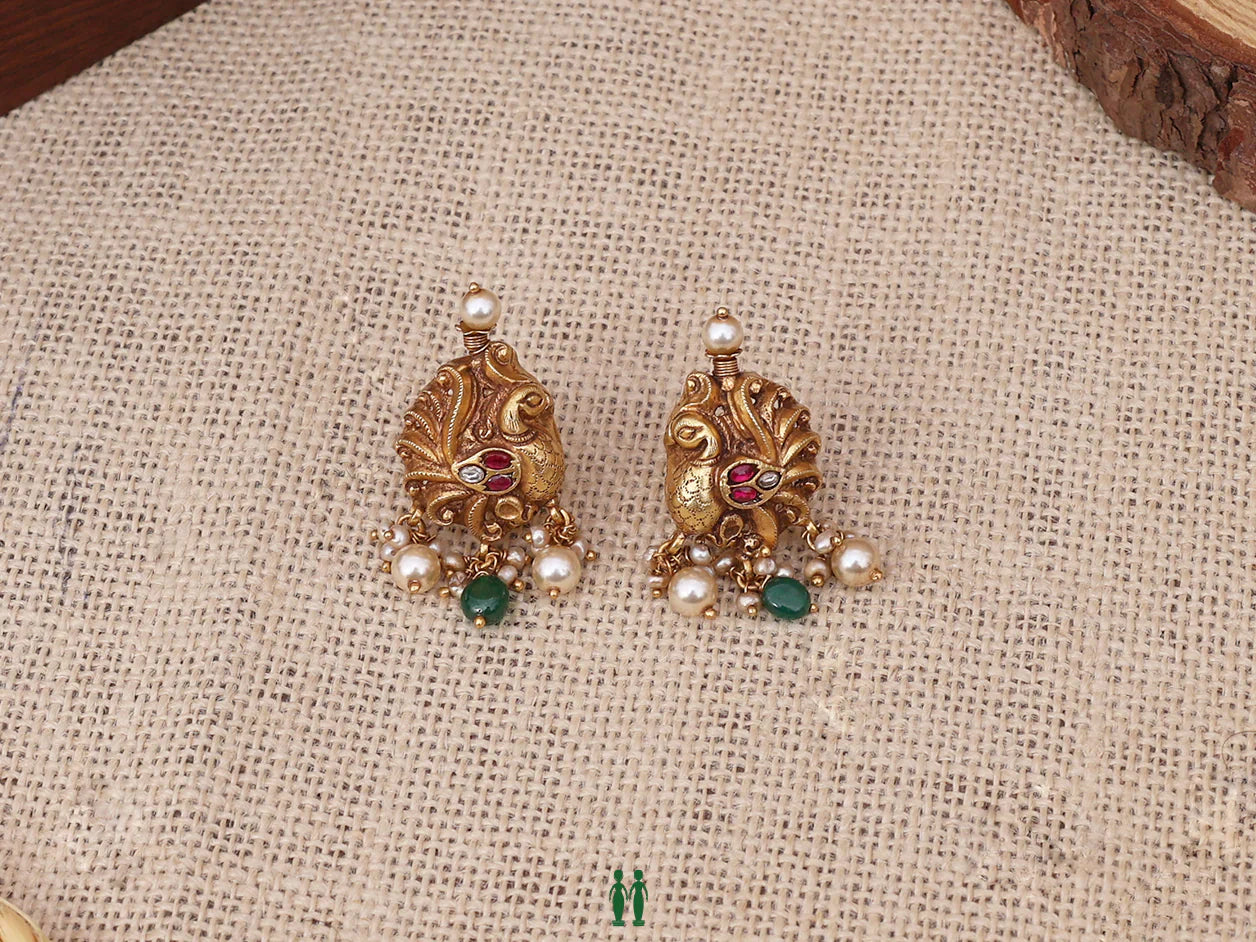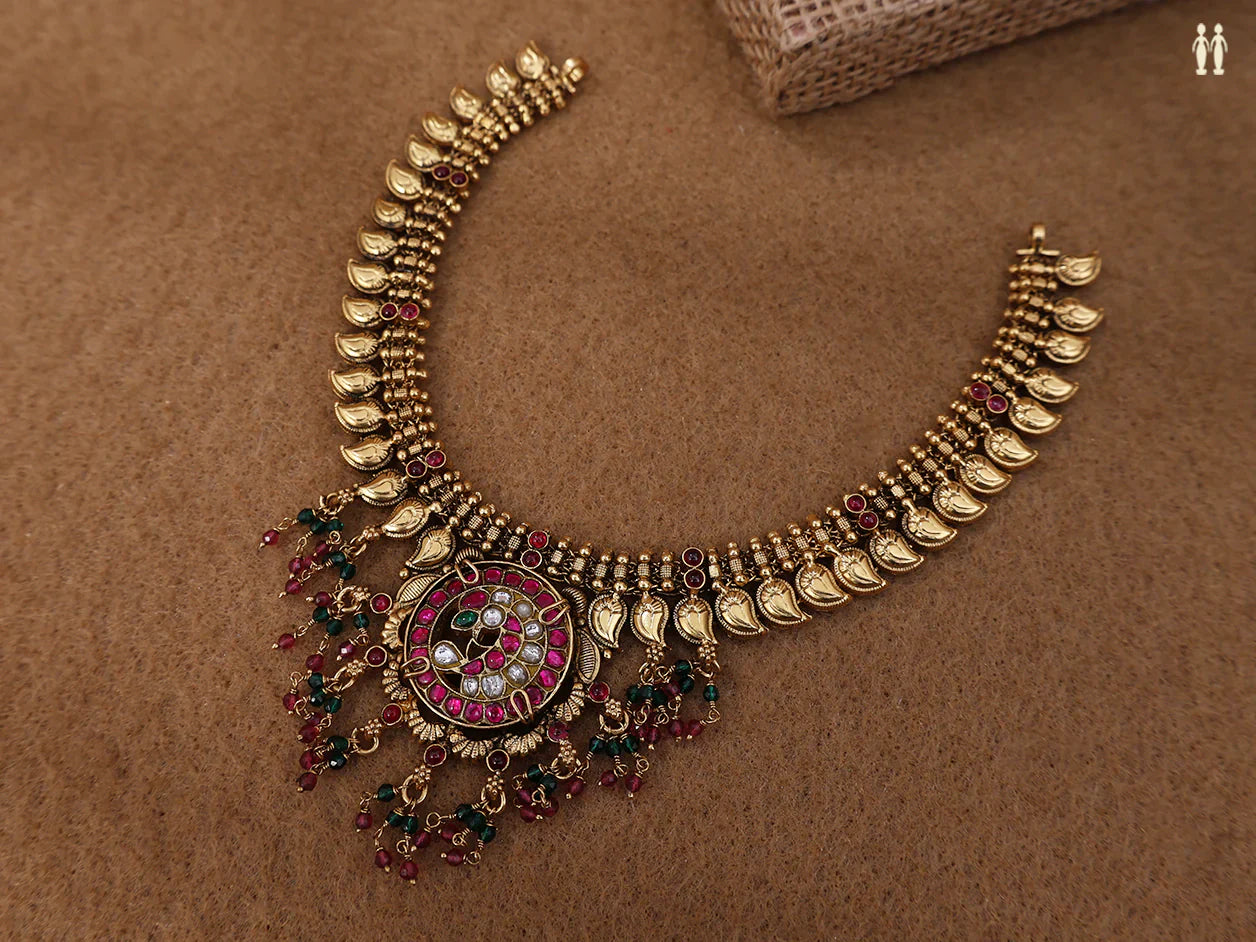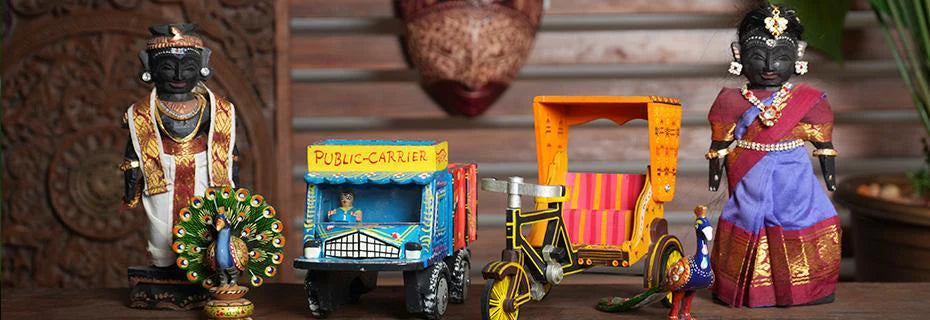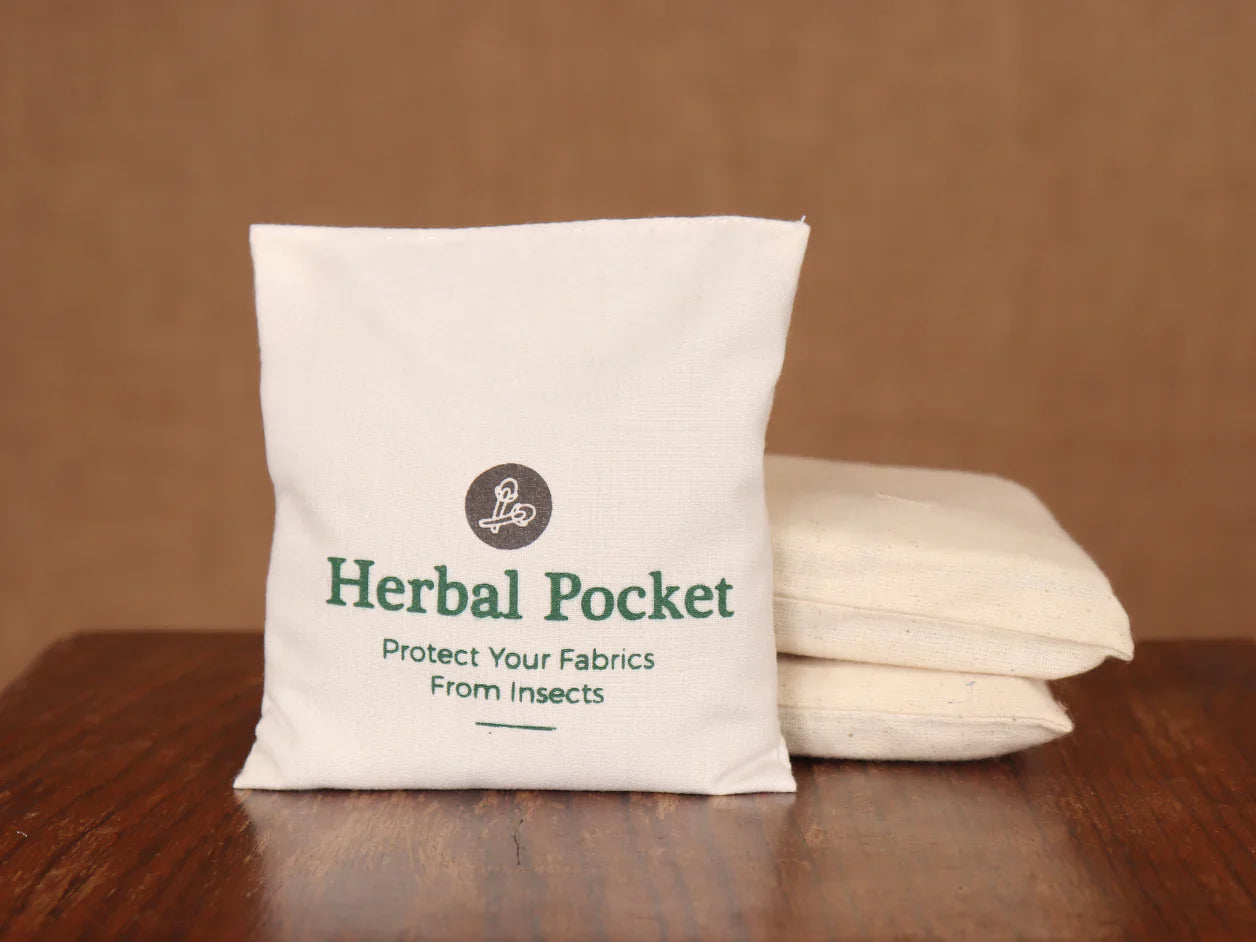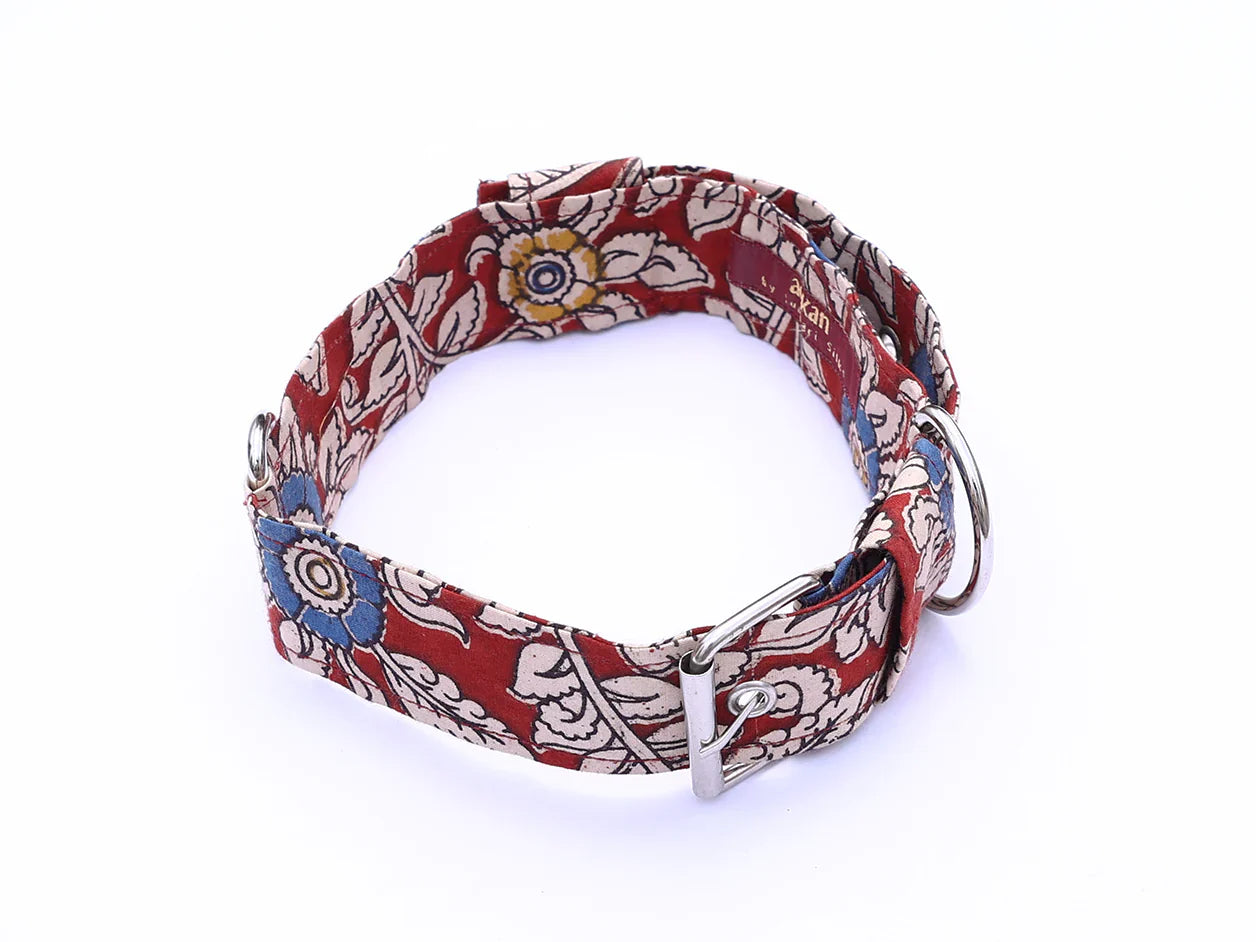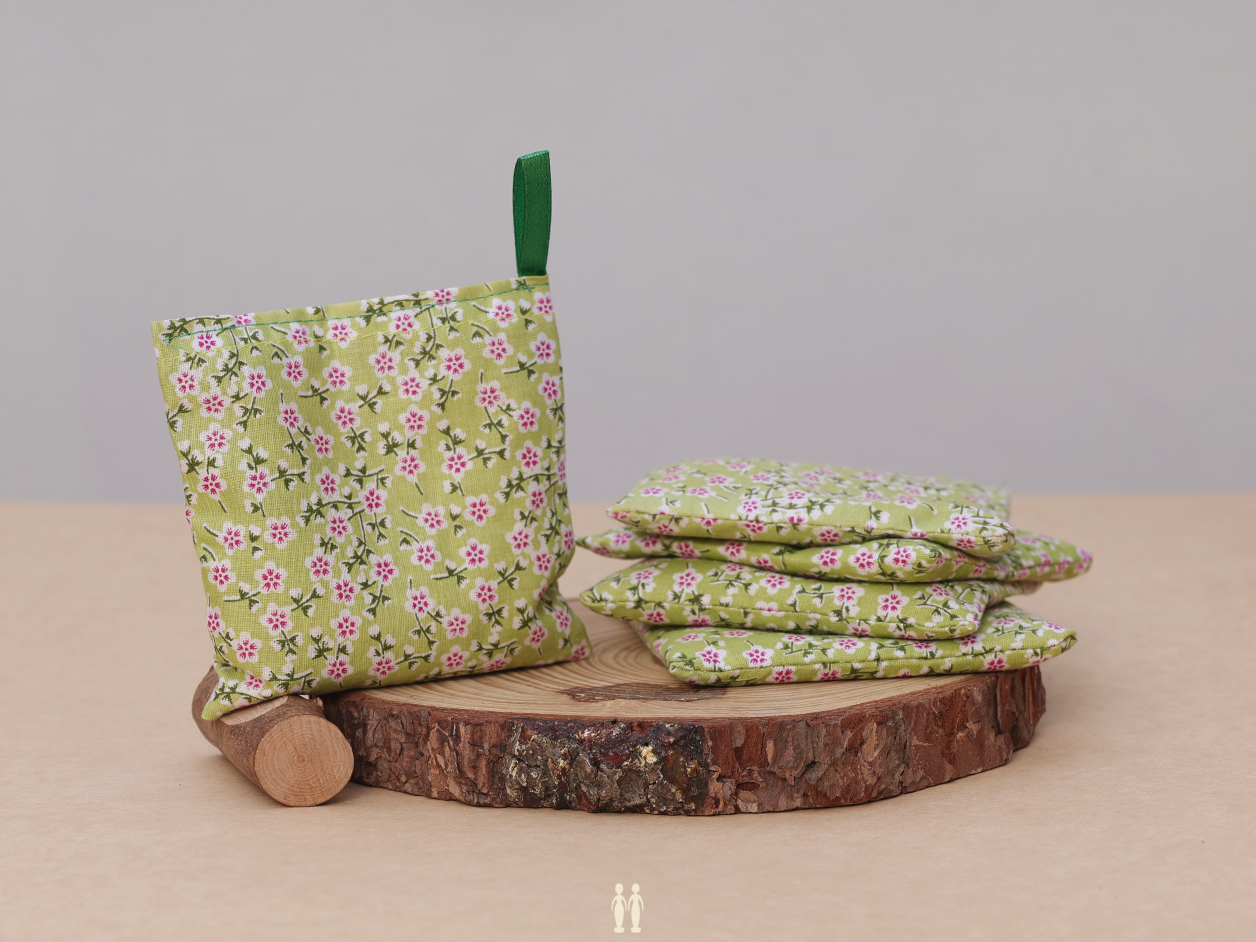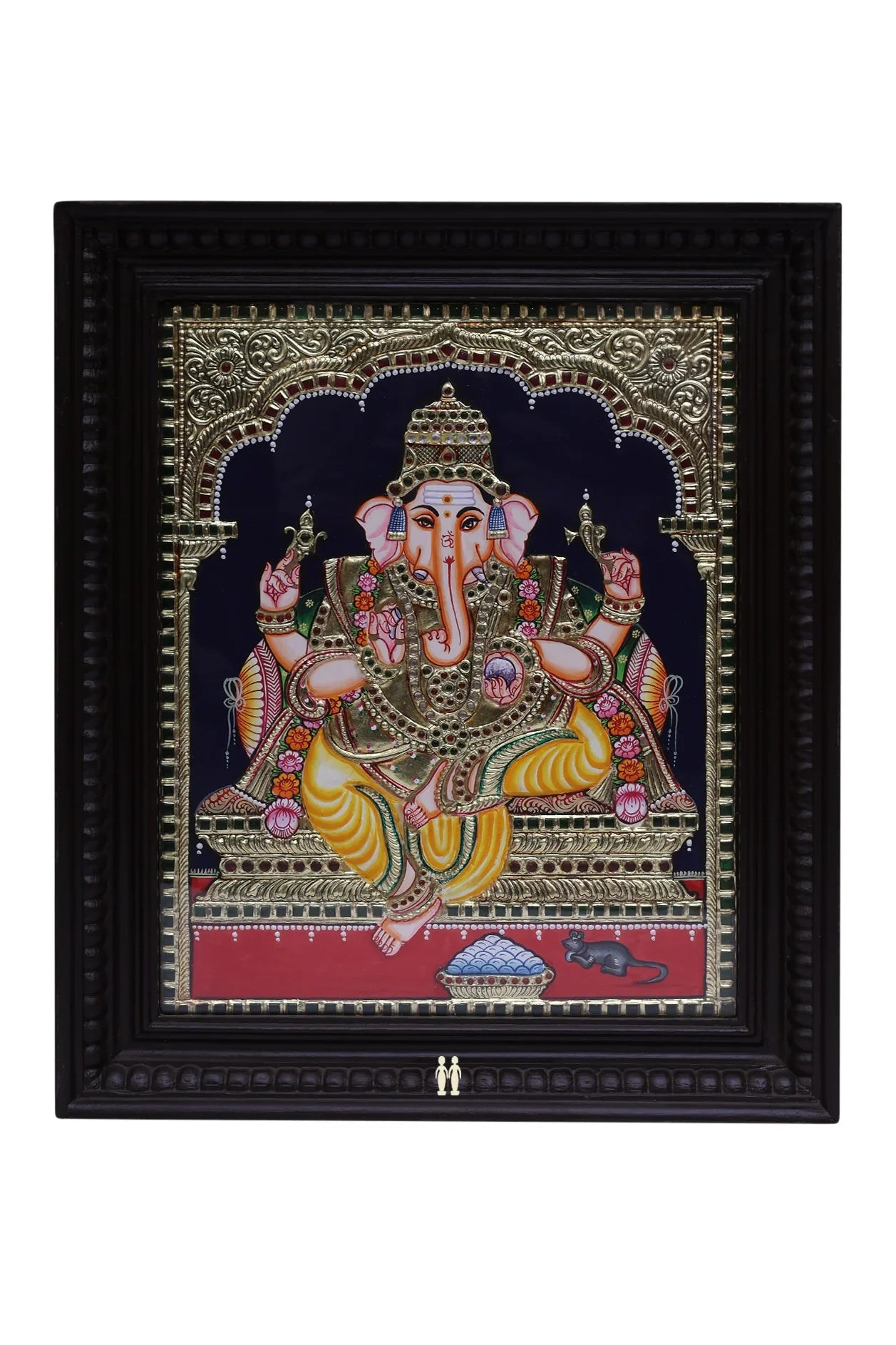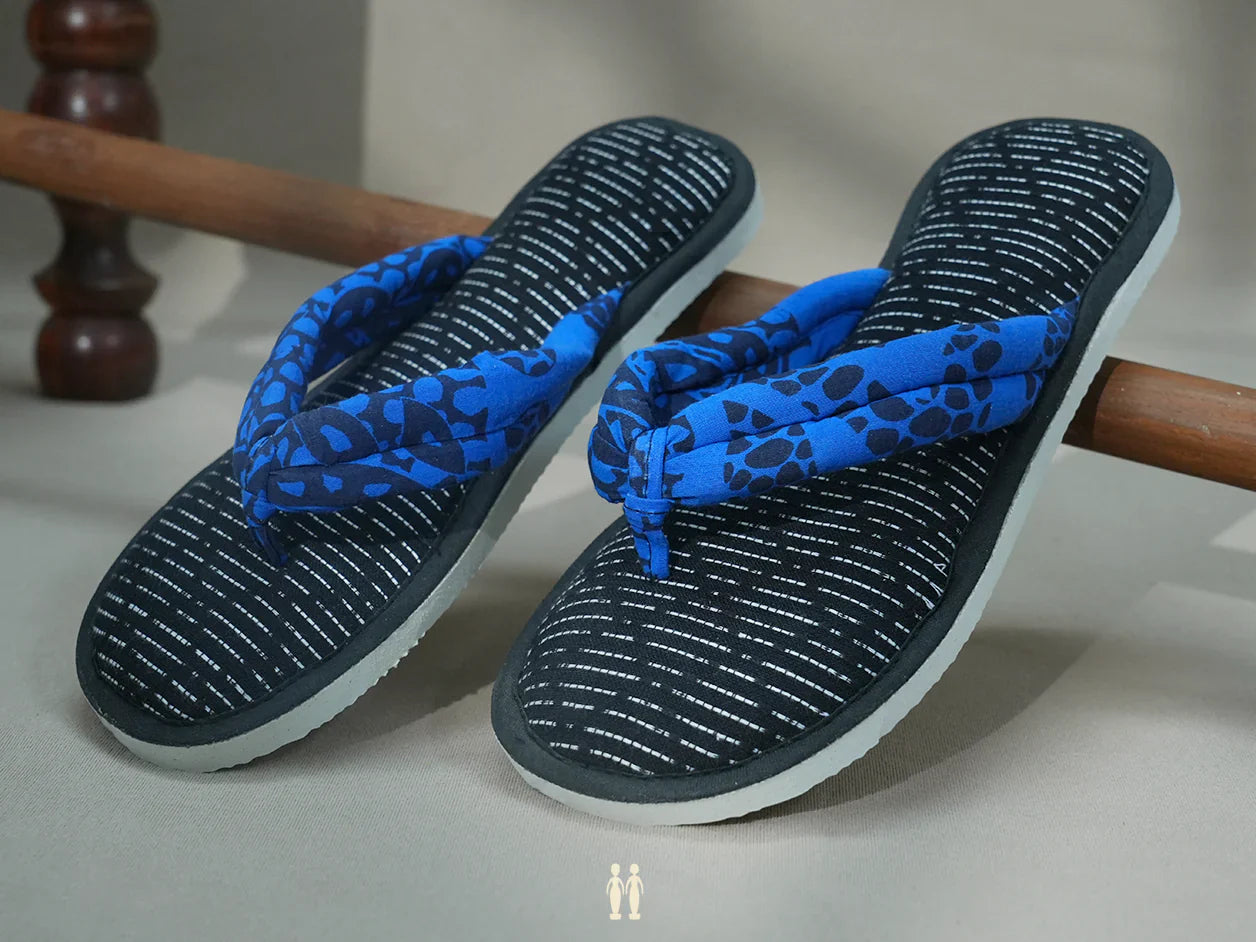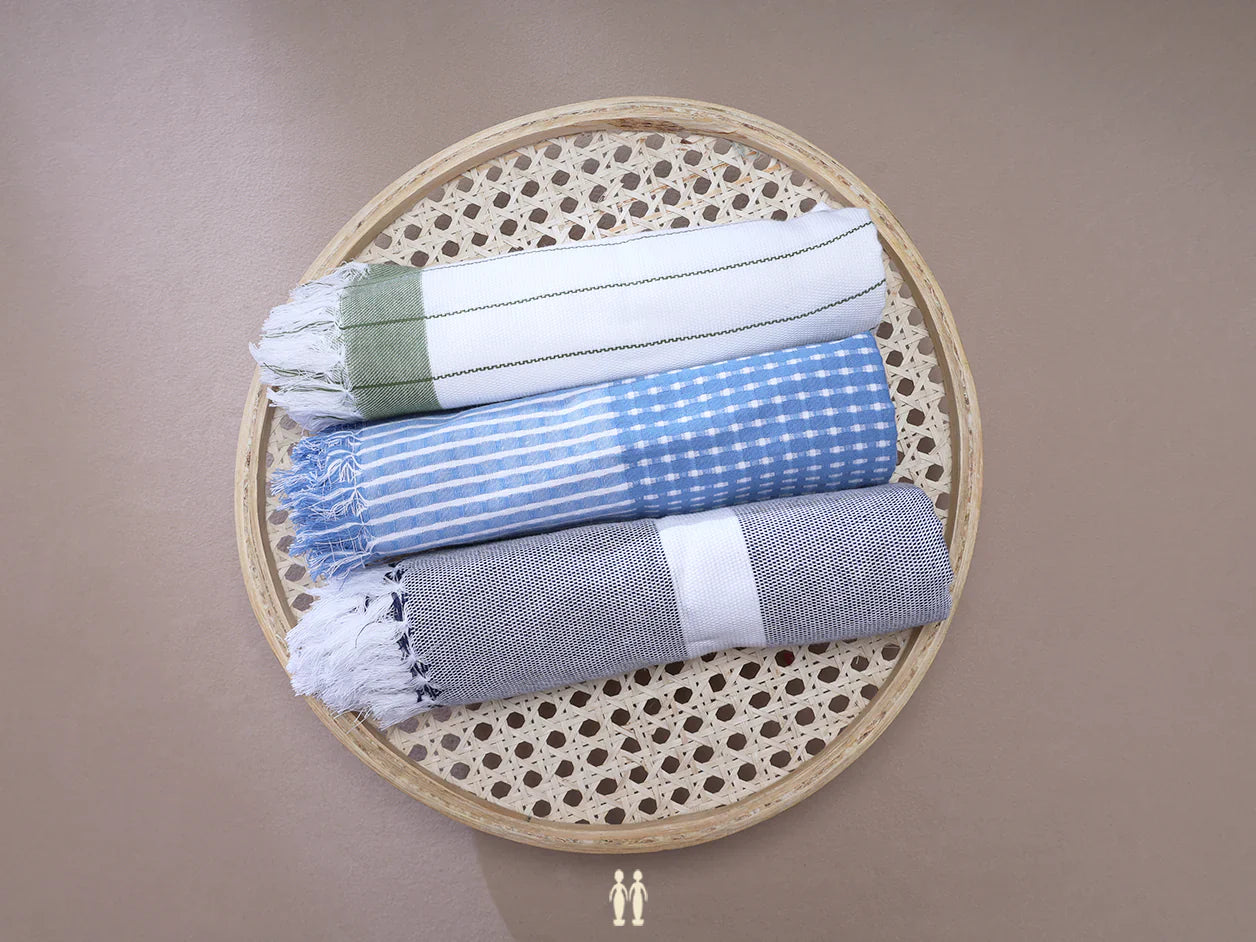Trending Products
CART
Cart is Empty!


The Traditional Art of Bandhani

Geographical presence
In the present day, Bandhani is prevalent in Gujarat, Rajasthan and Tamil Nadu. Rajasthan's leheriya pattern, often known as the line pattern, is unique to the state. Bandhani is known as Sungudi in Tamil Nadu. While all these sarees look similar, the process involved in making them is widely different.
Techniques
Bandhani is derived from the verb Bandhana, which means to tie. Resist-dyeing is involved where certain areas of the cloth are tied to protect them from getting dyed.
The tie-dye technique entails two steps: tying and dyeing. Two distinct communities handle these processes. The dyer is usually a Khatri who creates beautiful patterns in dots and different hues. The tiers are mostly women from the local communities. The refinement and complexity of the dots to form the motifs, as well as the colours used, differ from region to region.

Process
Preparing the fabric
The desired length of fabric is cut from the thaan also known as fabric roll. White silk, cotton or wool are the most common fabrics used. Before tying, the raw materials are sized or starched using arrowroot or rice paste. The tying is commonly done on four or six layers of fabric and is then printed with designs.
Printing of designs
Woodblocks, paper patterns and nail blocks are used for printing designs. A paste of geru and water is used in the printing process. Geometrical designs are created by using nail blocks, which are seasoned overnight in oil. The following day blunt iron nails are hammered to the blocks according to the desired design.
Tying
Tying is done using twisted cotton threads of various thickness. Intricate designs are created using fine threads while thicker threads are used for bold patterns. Both square and circular dots can be formed through tying. The square patterns are created by flattening the fabric in a square and picking the pointed corners for tying. The round dots are produced by twirling the cloth and tying it with thread.
Dyeing
Colours boost the confidence and morale of a person. The major colours used are red, yellow and blue. Red indicates love and emotions, yellow represents happiness and blue, which is Lord Krishna’s colour. Traditionally the fabrics are dyed in natural colours. The components used for natural dyeing are rusted iron pieces, myrobalan powder, alizarin dye, kesuda flowers, pomegranate peel, dried mango powder, lime juice and alum.
The richness of Indian textiles is woven into every aspect of our life. A noteworthy contribution of this land, though greatly unsung, is in the field of weaving and textiles. Rooted in customs and rituals, this industry has provided employment to many and carved a place for itself. At Sundari Silks, it is with great pride that we have an exclusive collection of Bandhani Silks that tell a myriad of lovely stories from Gujarat and Rajasthan.



Geographical presence
In the present day, Bandhani is prevalent in Gujarat, Rajasthan and Tamil Nadu. Rajasthan's leheriya pattern, often known as the line pattern, is unique to the state. Bandhani is known as Sungudi in Tamil Nadu. While all these sarees look similar, the process involved in making them is widely different.
Techniques
Bandhani is derived from the verb Bandhana, which means to tie. Resist-dyeing is involved where certain areas of the cloth are tied to protect them from getting dyed.
The tie-dye technique entails two steps: tying and dyeing. Two distinct communities handle these processes. The dyer is usually a Khatri who creates beautiful patterns in dots and different hues. The tiers are mostly women from the local communities. The refinement and complexity of the dots to form the motifs, as well as the colours used, differ from region to region.

Process
Preparing the fabric
The desired length of fabric is cut from the thaan also known as fabric roll. White silk, cotton or wool are the most common fabrics used. Before tying, the raw materials are sized or starched using arrowroot or rice paste. The tying is commonly done on four or six layers of fabric and is then printed with designs.
Printing of designs
Woodblocks, paper patterns and nail blocks are used for printing designs. A paste of geru and water is used in the printing process. Geometrical designs are created by using nail blocks, which are seasoned overnight in oil. The following day blunt iron nails are hammered to the blocks according to the desired design.
Tying
Tying is done using twisted cotton threads of various thickness. Intricate designs are created using fine threads while thicker threads are used for bold patterns. Both square and circular dots can be formed through tying. The square patterns are created by flattening the fabric in a square and picking the pointed corners for tying. The round dots are produced by twirling the cloth and tying it with thread.
Dyeing
Colours boost the confidence and morale of a person. The major colours used are red, yellow and blue. Red indicates love and emotions, yellow represents happiness and blue, which is Lord Krishna’s colour. Traditionally the fabrics are dyed in natural colours. The components used for natural dyeing are rusted iron pieces, myrobalan powder, alizarin dye, kesuda flowers, pomegranate peel, dried mango powder, lime juice and alum.
The richness of Indian textiles is woven into every aspect of our life. A noteworthy contribution of this land, though greatly unsung, is in the field of weaving and textiles. Rooted in customs and rituals, this industry has provided employment to many and carved a place for itself. At Sundari Silks, it is with great pride that we have an exclusive collection of Bandhani Silks that tell a myriad of lovely stories from Gujarat and Rajasthan.
Our Famous Articles

Our Famous Articles
Marappachi bommai
Marapachi Bommai: Heirlooms of Heritage In many South Indian homes,...
Your Ultimate Summer Wardrobe Destination
At Sundari Silks, we believe that the essence of summer...
Threads of Love: A Collection for Her & Him
What is the Meaning of Love? Love is found in...


GET ON THE LIST
Perks include 5% off your first online order at Sundari Silks. Be the first to know about new collections, store launches, sales and much more!










